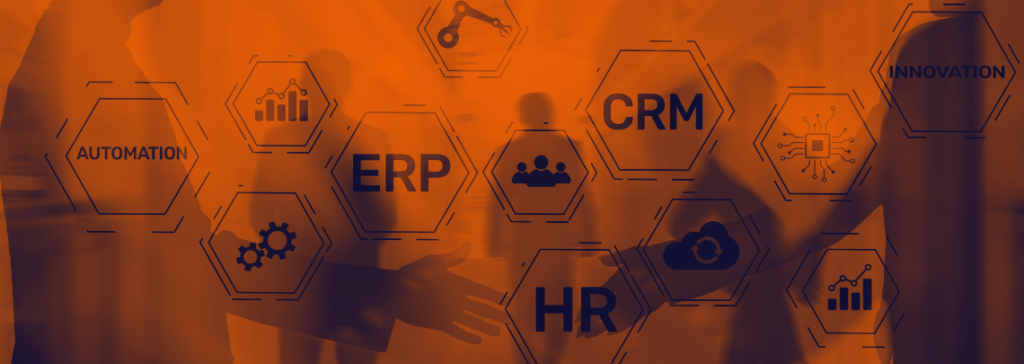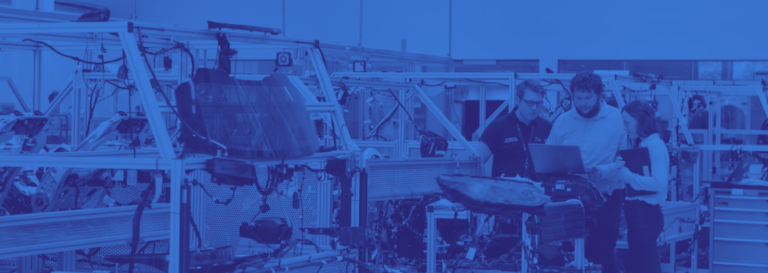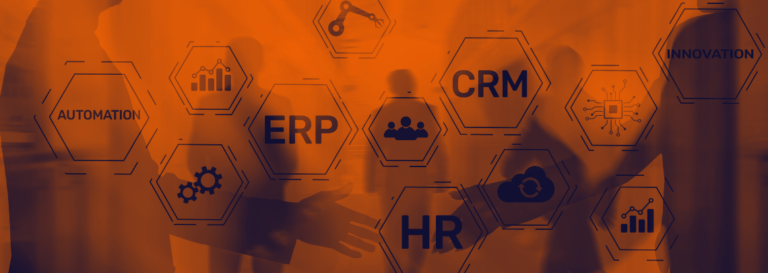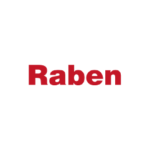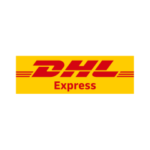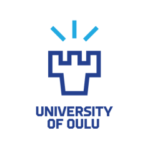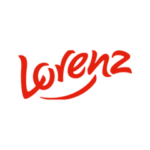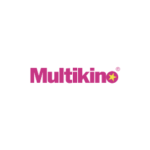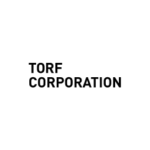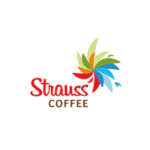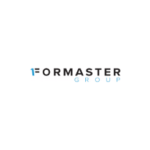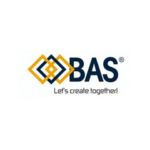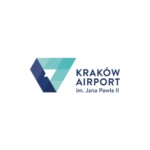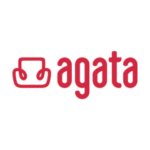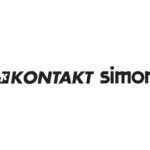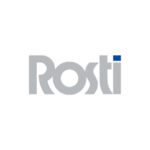ERP systems have been gaining popularity for more than a decade as the main tool used by companies to manage various areas of their business such as finance, manufacturing, logistics or sales. Most ERP systems are also equipped with HR and payroll modules, which allow to keep records of employment, maintain employee records, simple time recording and calculation of salaries.With the growing awareness of Management Boards about the importance and contribution of HR in building business, the need to automate this area is also growing, and then it appears that the HR solutions offered by ERP are not enough. This is where the need for specialised and dedicated tools in the area of HRM (Human Resource Management) arises.
More than ERP
Personnel are a strategic resource for an organisation, and their proper use has a direct impact on the condition and profitability of the ongoing business. However, this does not mean that the other components of any organisation become less important. However, the fact is that it is these other components that ERP solutions place the main emphasis on. Financial management or warehouse management are selected domains dedicated to ERP systems. HR is thus often treated rather ‘superficially’, and this does not allow for the full exploitation of this area, and thus leaves a kind of gap and understatement.So what functions and possibilities does a dedicated HRM system provide, which will become the ‘second leg’, next to the ERP on which the organisation stands? Firstly, the HRM system is a very convenient tool for storing and managing personal information. It is no longer just employee records, but also the ability to store digitised personnel files in the form of e-files. Information about an employee can be supplemented with his or her skills, competencies, entitlements and achievements.Employee lifecycle management
An HRM system can de facto manage the entire employee lifecycle within an organisation, from the moment a new vacancy arises, through handling the recruitment and selection processes, generating the documents needed for employment, onboarding, monitoring performance, planning and accounting for working time, identifying competency gaps to planning and implementing training and managing employee development, including promotions. This is augmented by an employee evaluation system, remuneration and benefits management, including pension plans, health insurance and other employee benefits. The HRM system also provides the ability to generate termination and employee offboarding documents.So, when considering an individual employee, we have a set of knowledge about them in the HRM system. From this point of view, the HRM system is an ideal tool for, among other things, planning working time, always in accordance with current labour laws, industry regulations and the internal rules and regulations of the respective workplace, and always in accordance with the actual need for employees. At the same time, the HRM system provides a wide range of tools for personnel analysis and the calculation of HR metrics relevant to personnel management and its impact on the entire organisation. Reports generated in the HRM system are the basis for personnel and strategic decisions, such as career development planning, identification of the organisation’s competence gaps and analysis of the effectiveness of training programmes.Automation of HR processes
Undoubtedly, the great advantage of an HRM system over a standard ERP system is the ability to automate HR processes. Designated workflows and organisation-defined scenarios allow all HR processes to be organised, quickly implemented and automated, thus reducing the possibility of errors and relieving administrative staff of time-consuming repetitive tasks. Automation processes in HR are also facilitated by the employee self-service functions available in the HRM system via the employee portal. This allows employees from their computer, tablet or smartphone to submit requests, plan leave, communicate their needs or check the status of submitted requests, as well as verify pay slips and even download Personal Income Tax declarations. As well as streamlining and speeding up decision-making processes and relieving mid-level staff of administrative tasks, employee self-service contributes to a positive perception of the employer by current and future employees.Systems integration
Of course, the HRM system in an organisation does not operate in isolation from the ERP – it supplies and is supplied with data. Thanks to such integration in the HRM system, employees’ work can be scheduled, for example, under emerging customer orders registered in the ERP system. In turn, data from the HRM helps with financial analytics, including the calculation of company performance indicators.When is an ERP system no longer sufficient? From my experience, I can say that in organisations with more than 400 employees, the HRM system contributes to optimisation and real savings. Of course, the more complex HR processes, shift patterns, various pay periods, a high proportion of remote working or advanced bonus systems, the more an HRM system improves personnel management, even in smaller companies.Market trends show that more and more personnel management platforms are appearing. Human Resources and Payroll departments have many modern tools at their disposal to increase the efficiency of their work. Bearing in mind that staff are a strategic resource, we should ensure that we achieve even better business results thanks to specialised personnel management systems.Błażej Migoń, expert in HR solutions, eq system sp. z o.o.
Do you have any comments or questions? Get in touch with Błazej Migoń on LinkedIn.

